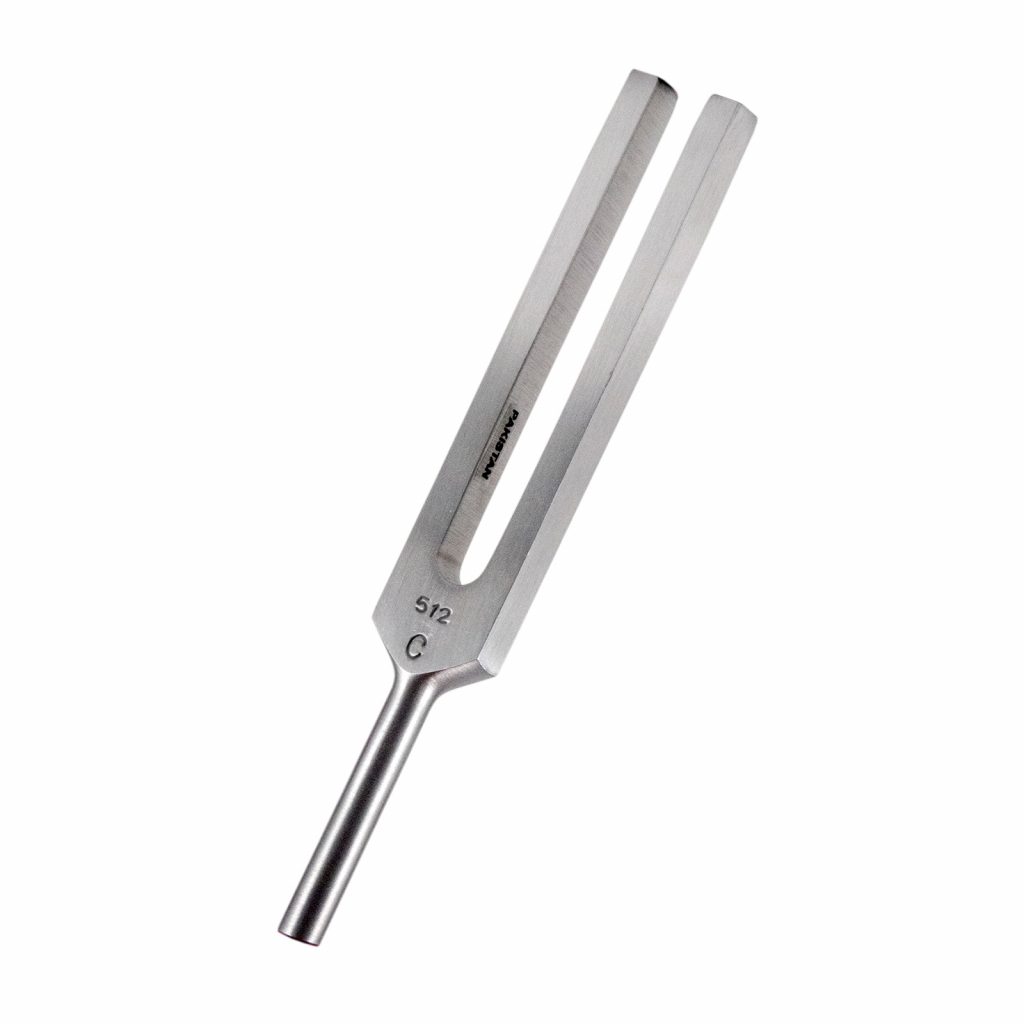Embarking on a journey into the realm of sound healing involves selecting the right tuning forks, each with its unique frequencies and applications. The diverse types of tuning forks cater to different aspects of healing, and understanding their characteristics can guide practitioners in creating harmonic resonance for holistic well-being.

1. Solfeggio Tuning Forks: For those seeking a spiritual and vibrational approach to healing, Solfeggio tuning forks are a profound choice. Frequencies such as 528 Hz (associated with DNA repair) and 417 Hz (linked to change and transformation) are believed to have specific healing properties. These forks are commonly used to balance energy, release emotional blockages, and foster a sense of renewal.
2. Chakra Tuning Forks: To address imbalances in the body’s energy centers, Chakra tuning forks are instrumental. Each fork corresponds to a specific chakra, helping practitioners align and balance the energy flow. For example, the note C is often associated with the root chakra, and a tuning fork calibrated to this frequency can be used to bring harmony to that particular energy center.
3. Crystal Tuning Forks: Crafted from crystal materials, these tuning forks offer a unique sonic quality. Crystal tuning forks are known for their pure and clear tones, and they are often chosen for their association with spiritual resonance. The crystalline properties contribute to a distinct vibration that resonates with subtle energy fields, making them suitable for energy work and vibrational healing practices.
4. Brainwave Tuning Forks: For those interested in influencing brainwave states for relaxation or meditation, brainwave tuning forks can be beneficial. These forks are calibrated to correspond with specific brainwave frequencies, helping entrain the brain to desired states. Beta, alpha, theta, and delta brainwave tuning forks offer practitioners a way to promote mental clarity, relaxation, or deep meditative states.
5. Weighted Tuning Forks: In bodywork and acupuncture, weighted tuning forks are favored for their ability to transmit vibrations deeply into tissues. The added mass at the end of the prongs creates a prolonged vibration, making them suitable for applying to acupressure points or areas of tension. Weighted tuning forks can be employed for physical healing and relaxation.
6. Fibonacci Tuning Forks: Inspired by the Fibonacci sequence found in nature, these tuning forks resonate with harmonic patterns inherent in the natural world. Fibonacci tuning forks are often chosen for their perceived ability to bring about a sense of balance and harmony. Practitioners use them to create an environment conducive to healing and alignment with natural rhythms.
7. Custom and Intuitive Selection: Sound healing practitioners often develop an intuitive sense for choosing tuning forks based on the specific needs of the individual or session. This may involve selecting forks based on personal resonance, intuitive guidance, or even incorporating planetary frequencies for a broader cosmic connection.
Ultimately, the selection of tuning forks for sound healing depends on the goals of the practitioner and the needs of the individual. Integrating a variety of tuning forks into sound healing sessions allows for a multifaceted approach, addressing physical, emotional, and spiritual aspects of well-being.